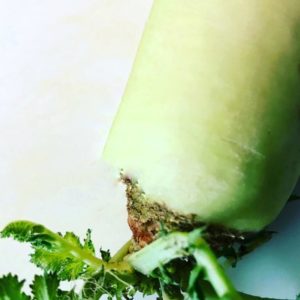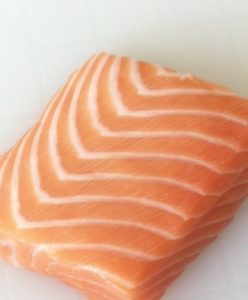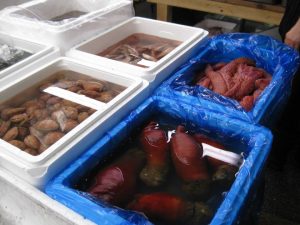 Sushi should not be in the sun very long time.
Sushi should not be in the sun very long time.
If you have bought take-away or made sushi at home then sushi should be kept in the fridge.
Normally, it is said that sushi must be taken out of the fridge 15 minutes before it is eaten so it has room temperature. If the food is too cold you will not fully benefit from the flavors.
When it’s as hot as it is at the moment I’ll first take sushi out of the fridge approx. 10 min before.
Bon appetite!
Read more about Sushi course for beginners
_
Zoë has held sushi courses and cooking classes for A. P. Moller – Maersk, Hugo Boss Nordic, Novo Nordisk, Novartis, Velux, Gorrissen Federspiel, Beierholm revision, Elbek & Vejrup and many more.









